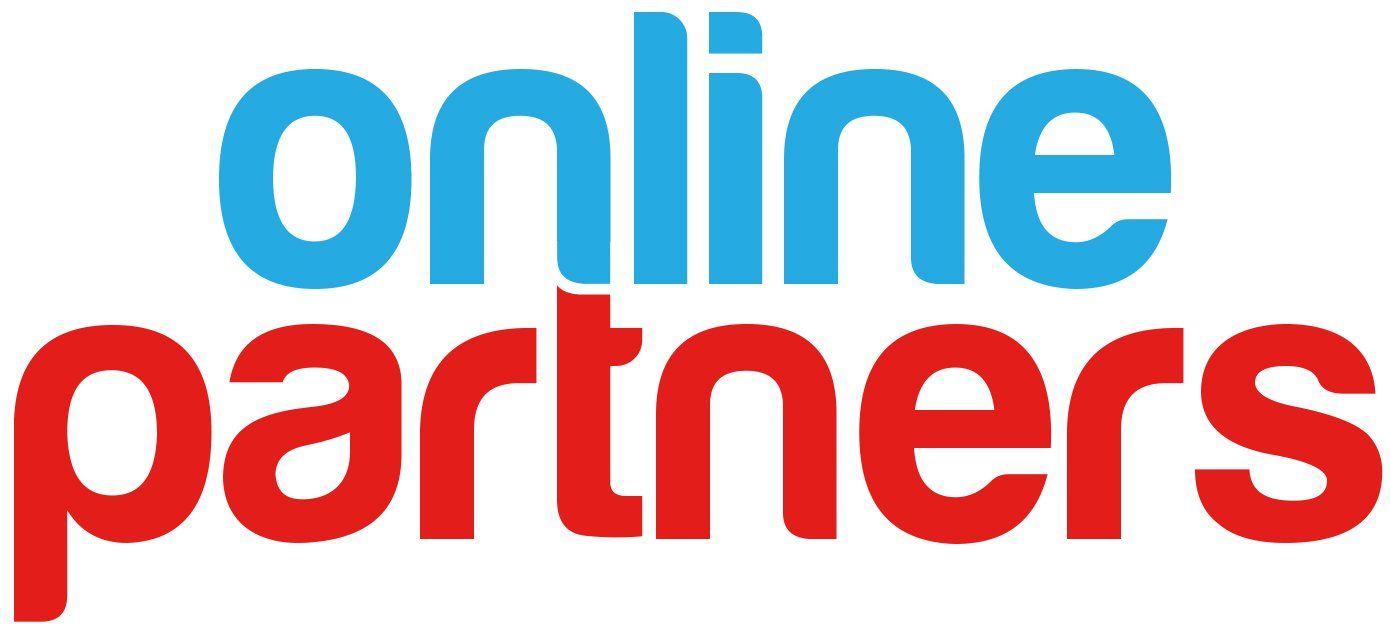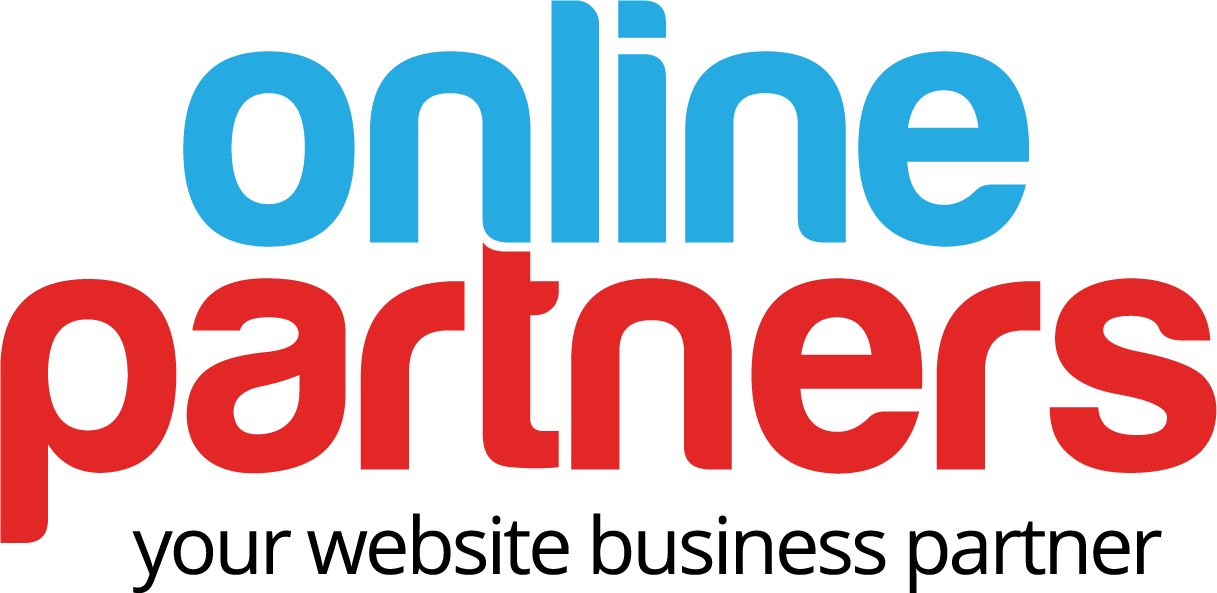SaaS Marketing: The Top Strategies To Grow Your Business
You’ve spent a lot of your time building a great SaaS that solves your ideal customer's problems achieving the first path to success. But regardless of how good your solution is, you can’t scale your business without an effective marketing strategy. With so much competition in every industry, you need to know how to stand out from the crowd in order to build awareness, get leads, and convert.
This article will walk you through the process of SaaS marketing and provides insights on effective strategies, tracking your progress, and more. Let’s dive in.
WHAT IS SAAS MARKETING?
SaaS marketing is a type of marketing focused on strategically promoting and acquiring leads for subscription-based SaaS solutions. Since the SaaS business model differs in several ways from other business models, it follows that its marketing calls for a distinct approach compared to traditional ones.
How is it different?
Market a SaaS is different due to the following reasons:
- Type of product: The “product” is a software solution with a range of different features, some of which are complex. It’s trickier to demonstrate value here compared to, say, a physical product like a pair of wireless earbuds or a safety system for securing a company’s premises.
- Shorter sale cycle: From the point of initial discussions with prospective customers to closing the sale, SaaS solutions have a shorter sales cycle compared to other products that require significant expenditures at the outset. You’ll also need to account for the fact that ongoing marketing to current customers is essential for minimizing churn.
- Pricing model: The pricing model of SaaS is subscription-based and needs to account for different customer personas, which often results in a tiered model where various features are only available by paying for higher tiers.
THE TOP SAAS MARKETING STRATEGIES
Essentials before getting started
Before diving into specific marketing tactics to help you excel in your niche (we’ll get there soon, don’t worry), it’s worth running through what you need to know and do before getting started.
- What are your goals?: You need to set concrete and measurable goals for your marketing efforts; consider using the classic
- to help you out here.
- What is your ideal customer persona?: Get very clear on the types of ideal customers your solution best suits, including what motivates them, what problems keep them awake at night, and how you can effectively reach out to them (i.e. where are they hanging out online?)
- What is your budget?: Be specific about the amount of money you have available and are willing to spend in order to achieve your objectives.
- What are your website design needs?: Make sure you have a well-designed website with sufficient attention to detail on the logo (opt for in-trend logos), branding, site speed, clear calls-to-action, and, of course, high-quality videos or screenshots of your software.
1. GENERATING LEADS AND TRAFFIC
Your website is one of your most important marketing assets. It’s the place where you’re able to best show off SaaS solution’s features and value to potential leads, the first challenge is to establish authority in your domain, bring traffic to your site, and get solid leads from this traffic. Here’s how you can do that.
Content marketing
You’ve probably heard the phrase that content is king, however, when it comes to a SaaS, variety is the new kind. To get traffic to your site, establish authority, and demonstrate your SaaS product’s use cases, it’s best to leverage a variety of content types.
Not everyone wants to sit down and read case studies or blog posts, incorporate webinars, listen to podcasts, or analyze infographics too. For content that requires a bit of extra time and needs significant investment to create, you should consider making these assets gated so that interested customers provide contact info in return for accessing it.
You shouldn’t neglect your existing customers either — build up a veritable resource library of Q&As, how-tos, and other helpful content. This kind of content will help reduce the churn rate.
SEO
While SEO somewhat goes hand-in-hand with content marketing, good SEO results just from hitting the Publish button on your content are not really likely. Effective optimization of your web pages and content to appear prominently in search engines is part science and part art. The stats show that landing the number one slot on Google for a particular keyword wins you 39.6% of the traffic searching that phrase while landing in second position nets you 18.4%.
Make sure your SEO strategy covers the technical details that make it easier for search engines to crawl your site. Good on-page optimizations (title tags, headings, etc) that convey the intent of the page, and off-site link-building activities, will help signify to search engines the value of your content.
Email marketing
You’ve gone through all the trouble of attracting traffic to your site and getting leads interested enough to provide their email address. Now it’s time to unleash the power of email marketing. To achieve the best results, segmentation is vital to provide the right messages to audiences who are at varying stages of the sales cycle.
For current customers, perhaps speak to some of their wins from using your solution (for example, Grammarly congratulates its existing customers on the number of words written during given timeframes). For prospects who are inactive or in the middle of a trial, keep speaking to their pain points in your email campaigns and help them understand your solution better.
PPC
Pay-per-click (PPC) advertising is another way to generate leads and traffic. However, be aware that it requires careful execution to see results without significantly eating into your marketing budget. Paid search results on Google are one option, but you should also look beyond Google into paid ads on other platforms your customers might hang out on, like Reddit, Facebook, or LinkedIn. To execute a PPC plan, create lots of variations of ad copy and monitor your metrics closely to determine what resonates and gets clicks.
2. MARKETING YOUR PRODUCT
Once you get traffic and leads, there are many levers to play with in order to effectively turn these prospects into subscribing customers. The delicate balance to get right with SaaS is that you also need to market to people who’ve already subscribed.
Offer a trial or freemium
In order to entice people to find out how your solution works, a free trial or freemium model is pretty much mandatory. This contrasts with marketing approaches for traditional goods or services in which offering things for free is the exception rather than the norm. If you don’t offer a trial or freemium option, your competitors will, meaning you’re almost guaranteed to lose potential customers if you don’t adopt this strategy.
Be clear on pricing
Paying on a subscription basis for SaaS makes clarity incredibly important in your marketing. Customers need to know exactly what they get for the subscription fee they pay. If you use a tiered model, precisely outline what features and benefits your solution includes in each tier. You’ll also want to be minimalistic with how many pricing tiers you have, otherwise, you risk overwhelming prospects with too many choices.
Sometimes it’s tempting to focus more on getting people interested in your solution befoore revealing the price, but if people don’t get transparency on what your service costs from the outset, they’ll look elsewhere.
Use testimonials and reviews
When people look online to make purchases, reviews play a huge role in their decisions. This is as true for SaaS solutions as it is for a fancy $300 toothbrush. In fact, 84 percent of people trust online reviews as much as a personal recommendation.
Use this trust to your advantage in your marketing strategy by placing customer testimonials on your site’s landing pages. Also, don’t forget to sign up to as many third-party SaaS review platforms as possible. Examples include G2crowd, Capterra, and SaaSGenius.
Referral marketing
Referral marketing is a powerful tactic in SaaS both for reducing customer acquisition costs and increasing loyalty among existing customers. A referral program works by rewarding existing subscribers when they refer somebody else to sign up for your solution. Rewards could include discounts or free access to premium features at higher pricing tiers.
Reduce conversion barriers
Two major barriers to conversions in SaaS are calls to action that aren’t prominent or distinguishable and sign-up forms that are overly long. Focus on both the design of your CTA buttons (ensuring it stands out on the page) in addition to the microcopy (the label telling customers what to do).
Even the most interested customers will regard a lengthy sign-up form as an obstacle. Try to take a minimalistic approach and only ask your potential customers for the absolute necessary details when signing up. You can always ask for optional details at a later point.
Vertical SaaS value
Vertical SaaS marketing somewhat differs in that you’re trying to market to customers in a specific industry. You need to figure out ways to provide these customers with additional value.
One option that often doesn’t require industry-specific insight is to bundle a well-designed website with your vertical SaaS solution. A commonality across many different industries is that small businesses within them lack an online presence. Including a feature allowing them to create their digital presence will immediately strike leads as something incredibly valuable to their success, no matter your vertical. To learn more, read about how vertical SaaS providers amplify customer value with websites, and if you’re looking for a specific example, read about fueling growth In hospitality SaaS by selling websites.
3. TRACKING YOUR SAAS MARKETING PROGRESS
Getting in place a good mix of tactics is all well and good, but how do you track your SaaS marketing progress? Here are some key metrics to concentrate on.
PS: remember that it can be helpful to not only compare these metrics over time but also use industry benchmarks to see where you stand.
Traffic
Traffic is an easy metric to track, but it’s not so simple to track it in a way that’s meaningful. Instead of just loading up Google Analytics and viewing total traffic volume, go more granular. Look at returning users, unique visitors, organic traffic, and paid traffic metrics because each distinct measure provides insight into the performance of different facets of your marketing strategy.
Conversions
If the purpose of marketing is to reach a target audience and communicate the benefits of your solution, then conversions provide an excellent measure of how successful your marketing efforts are. Conversions are simply the percentage of website visitors taking a desired action.
Google Analytics is once again your friend for setting up conversions. Make sure you track conversions at different levels of the sales funnel. Poor conversion rates at different stages indicate a need to tweak what you’re doing.
Churn
Minimizing the rate at which customers cancel their paid subscriptions is critical to SaaS success. Acquiring new customers is far costlier than retaining existing customers. High levels of churn indicate you’re not doing a good enough job at marketing to existing subscribers. Potential marketing tweaks motivated by high churn rates include publishing more helpful content about your solution, communicating regularly about new features or updates, and rewarding existing customers through referral programs or other methods.
Another tactic to reduce churn is by implementing added-value functionalities into your product. For example, Appfolio, a property management SaaS company was able to reduce its churn rate by 4.8% by partnering with Duda website building platform, providing property managers with websites along with their property management software.
CLV:CAC Ratio
The customer acquisition cost (CAC) measures how much it costs you to win one paying subscriber across your marketing and sales activities in a given period. On its own, this metric is not spectacularly valuable, but when compared with your customer lifetime value (CLV) it becomes more useful in terms of marketing insights.
CLV measures how much a single customer is worth to your business. When comparing the ratio of CLV to CAC, you get a singular indicator of the viability of your current marketing strategies. If the ratio is something close to parity (1:1), there is clearly something wrong because acquiring each customer is costing about the same amount of money as the revenue they generate for you in their lifetime.
Lead Velocity Rate
Lead velocity rate (LVR) is the month-to-month growth in the number of qualified leads you generate. Ideally, your marketing efforts should result in a growing pool of qualified leads. Tracking this metric allows for swiftly adjusting your tactics rather than depending on future revenue metrics months down the line to spot lead gen issues.
Top 5 Ways To Improve Your SaaS Customer Experience
PUTTING IT ALL TOGETHER
Bringing a SaaS to market calls for appreciating the uniqueness of the business model, attracting a sizable and sustainable number of users, marketing your solution in an effective way and then tracking progress to refine tactics. Putting all of this together will create a formidable marketing strategy that should provide a solid groundwork and thereby enable growth.
Duda, 2022



